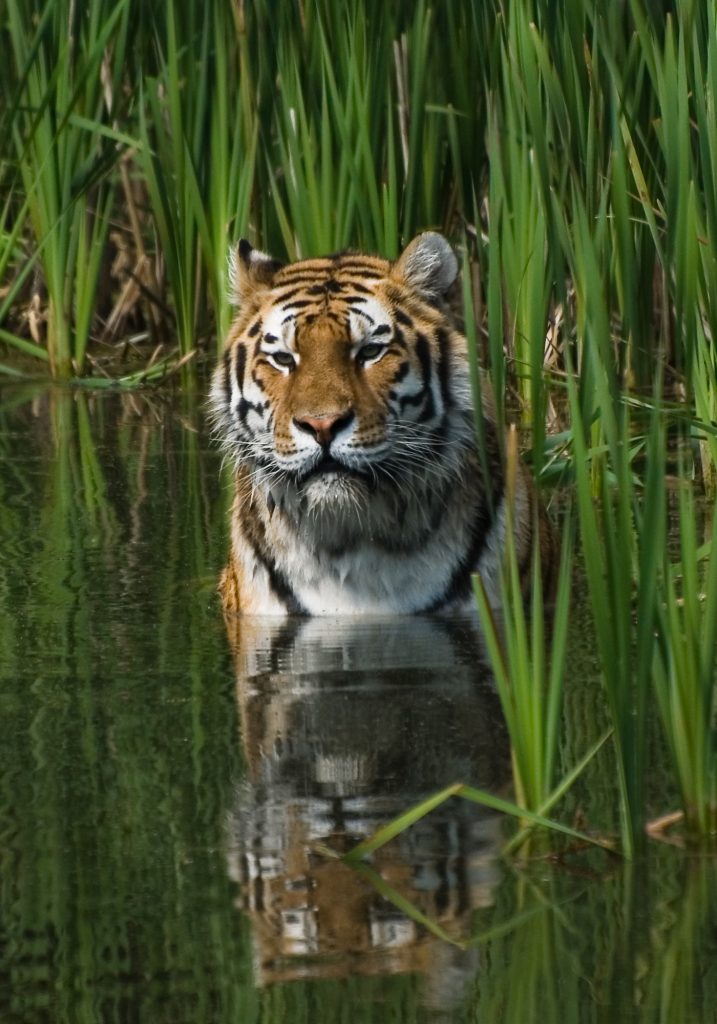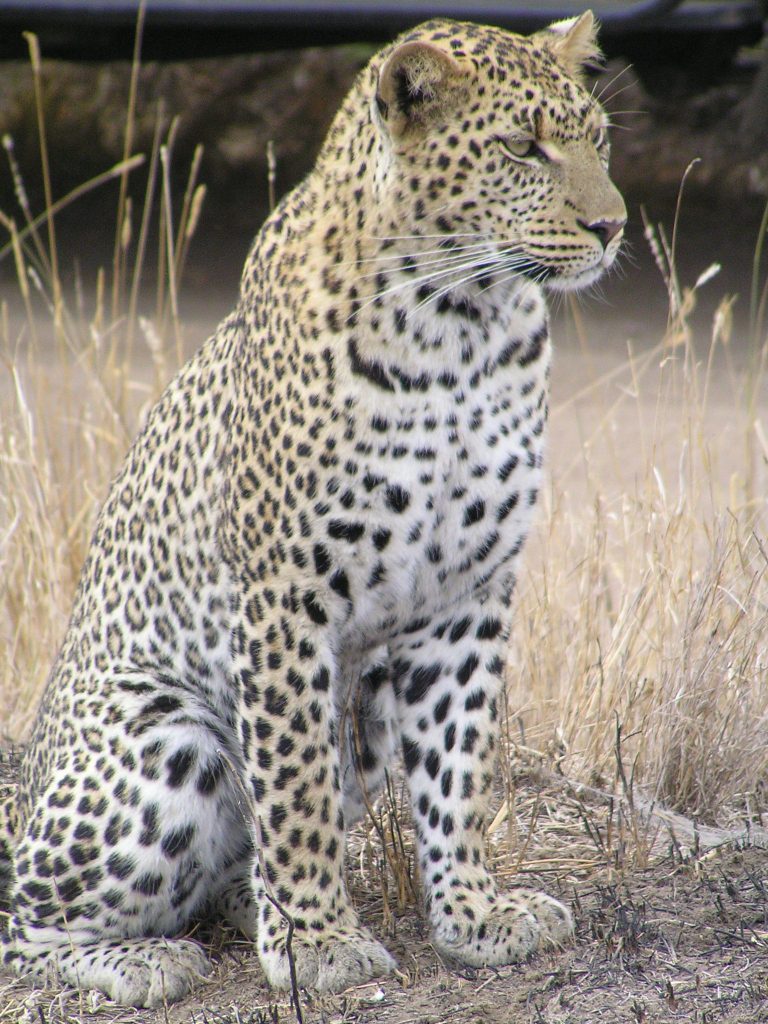Apex predators are extremely important for ecosystem survival, as they control the numbers of smaller species. Unfortunately these species are doing poorly as a whole. Below I have concentrated on on the biggest cats as they have a huge impact on the ecosystem that they live in. Unfortunately all are declining rapidly.
Lions: as the 20th century began it’s thought lion still numbered around 200,000 (numbers and now 20,000 if that, with that number having dropped by about 10,000 in the last 20-years),

Tigers: at the turn of the 20th century it was thought there were around 100000 tigers (current estimate is between 3200 and 3900 animals, a minimum of a 96% reduction in numbers, with three now extinct including the Caspian Balinese and Javan- while recent genetic analysis suggests the Caspian tiger was merely the Western portion of the Siberian tigers range, there is no habitat to put it back into) beyond these three extinct tiger subspecies, South China tiger has not been seen in the wild for several decades and is also thought extinct and a Sumatran tiger is also critically threatened by the loss of its habitat.

Leopards: being secretive, leopards are one of the hardest animals to quantify accurately. The encyclopaedia Britannica what’s the population of leopards in Africa at 700000, however this is probably a vast overestimate did other conservation organisations consider this an absurd estimation. One thing that has been noted, is that the habitat for the leopard has fallen by 75% since 1900. Current estimates for leopards living wild in South Africa ranged from 5000 to 10000,which suggests that the continent population cannot be above 200,000,having looked at the populations of leopards in various countries in Africa it is unlikely that any more than this.

Jaguars: appear to have done the best the best, with their population of 60,000 animals thought to be around 2/3 of what it was in 1900. However is President jair bolsonaro of Brazil has his way this could change rapidly, as the Amazon rainforest is the refuge for the majority of this remaining population. Encouragingly in places where are conservation work is done the jaguar population is still capable of growing, not all hope is lost provided we stop destroying their habitats.

Snow leopards: the fifth big cat, it is the undisputed king of the Himalayas. 2016 a thorough assessment suggested that there was between 4000 and 8000 snow leopards left in the world. WWF has a current estimate of around 4000-6500 worldwide. Being secretive it is very hard to get a precise figure.

Unfortunately this is an even bigger problem looking at historical populations. It’s unclear what the historical number of snow leopards were, however it seems reasonable to suppose that they’re largely unchanged. It is true that we have had all sorts of impact on the environment in these mountains, however given how little time we spend high in the Himalayas it is clear that at the very least the reclining snow leopard numbers is vastly smaller than that of the other big cats (though this is not because humans have behaved better, merely that it is too hard for us to get there regularly, and therefore we can’t pressurise their population the same way we have the other biggest cats.
